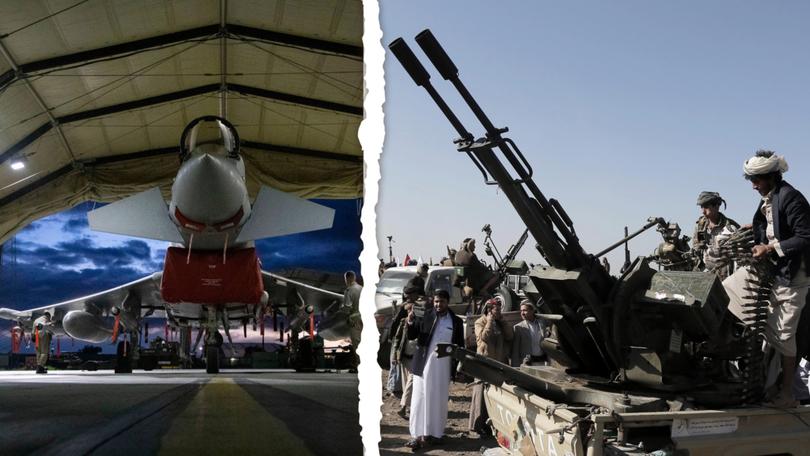The New York Times: US claims it destroyed Houthi cruise missile that threatened Red Sea ships

The United States said Sunday that it had targeted Iranian-backed armed groups in the Middle East for a third straight day, destroying an anti-ship cruise missile belonging to the Houthi militia in Yemen, which had vowed to respond to earlier strikes by the US and its allies.
The strike came a day after the United States, Britain and a handful of allies said they had hit 36 Houthi targets in 13 locations in northern Yemen in the latest salvo aimed at deterring the group from attacking ships in the Red Sea. A Houthi military spokesperson, Yahya Sarea, said Sunday that targets in at least six regions of Yemen were hit, though his statement did not say how much damage the strikes had caused. He said the attacks would not go unpunished.
Soon after the statement was posted, the US military announced its latest strike, saying it had destroyed a Houthi anti-ship cruise missile that had posed “an imminent threat to US Navy ships and merchant vessels in the region.”
Sign up to The Nightly's newsletters.
Get the first look at the digital newspaper, curated daily stories and breaking headlines delivered to your inbox.
By continuing you agree to our Terms and Privacy Policy.The Houthis, a militia that controls large areas of Yemen, have launched dozens of attacks on ships traversing the Red Sea in recent months, in what the group has described as acts of solidarity with Palestinians under Israeli bombardment in the Gaza Strip. Their attacks have roiled the commercial shipping industry, forcing many vessels to take long detours around the southern tip of Africa.
The escalating confrontation between the United States and the Houthis has raised fears that the war between Israel and Hamas in Gaza could spread to other parts of the Middle East. On Friday, the United States carried out a separate series of military strikes against Iranian forces and the militias they support at seven sites in Syria and Iraq. Those were in retaliation for a drone attack on a remote outpost in Jordan last Sunday that killed three American soldiers.
But the United States refrained from attacking Iran itself, a move analysts have said was designed to avoid stoking a broader war. And Iran also has signalled it wants to de-escalate and lower the temperature in the region.
Iran’s foreign minister, Hossein Amir Abdollahian, repeated his condemnation of the strikes in Yemen as well as the US military response to the deadly drone strike, saying they “risked the wrath of the region.”
“We consider the security of Iraq, Syria, Yemen and Palestine (Gaza and the West Bank) to be the security of the region,” he wrote on X, formerly known as Twitter.
Hamas and the Houthis are both backed by Iran, as is the Lebanese militia Hezbollah, which has traded fire with Israel across the country’s northern border since the war in Gaza began in October.
Rear Admiral Daniel Hagari, the Israeli military’s chief spokesperson, said at a news briefing Saturday that three divisions had been stationed at Israel’s northern border and that the military had launched more than 3,400 strikes on Hezbollah positions inside Lebanon since the war with Hamas began.
This article originally appeared in The New York Times.
© 2024 The New York Times Company
Originally published on The New York Times
